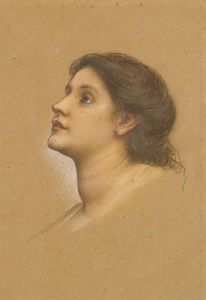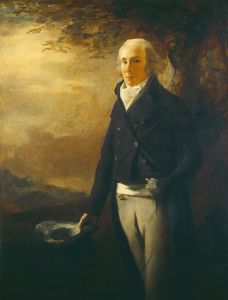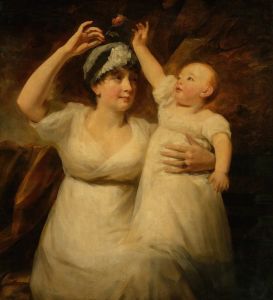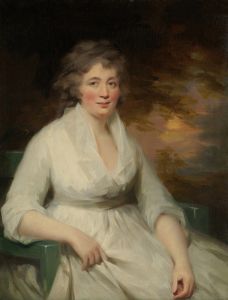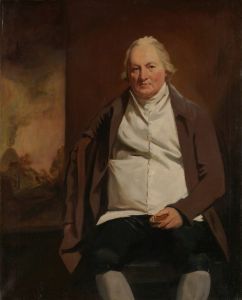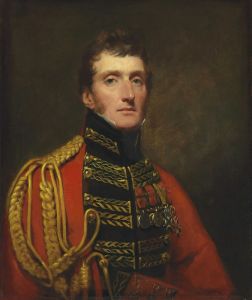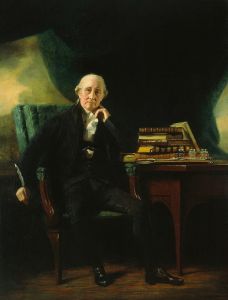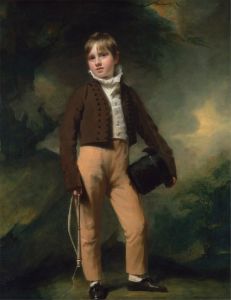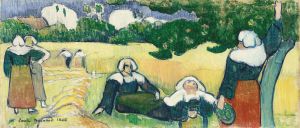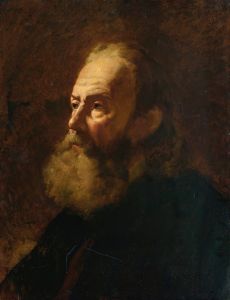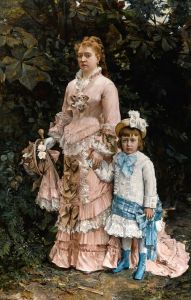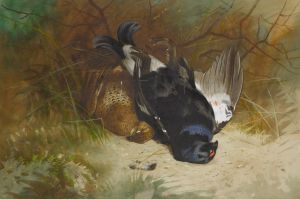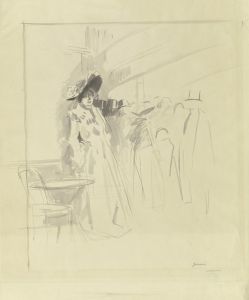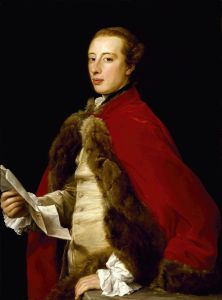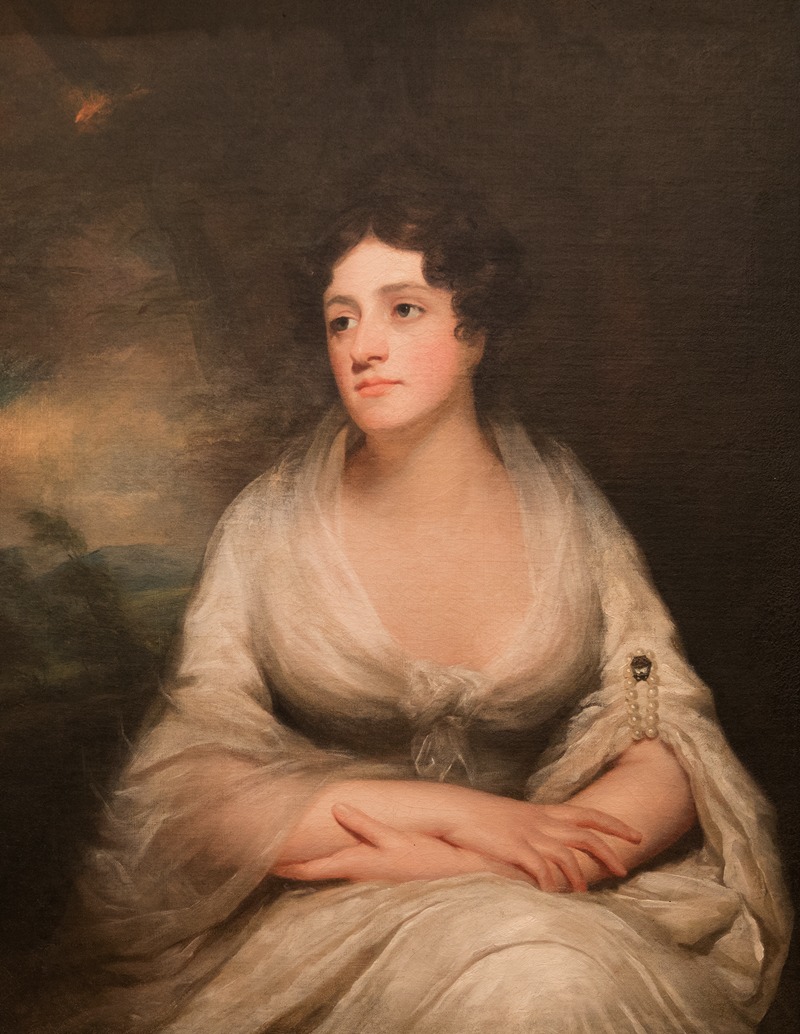
Penelope Macdonald Hamilton, Lady Belhaven and Stenton
A hand-painted replica of Sir Henry Raeburn’s masterpiece Penelope Macdonald Hamilton, Lady Belhaven and Stenton, meticulously crafted by professional artists to capture the true essence of the original. Each piece is created with museum-quality canvas and rare mineral pigments, carefully painted by experienced artists with delicate brushstrokes and rich, layered colors to perfectly recreate the texture of the original artwork. Unlike machine-printed reproductions, this hand-painted version brings the painting to life, infused with the artist’s emotions and skill in every stroke. Whether for personal collection or home decoration, it instantly elevates the artistic atmosphere of any space.
"Penelope Macdonald Hamilton, Lady Belhaven and Stenton" is a portrait painted by the renowned Scottish artist Sir Henry Raeburn. Raeburn, born in 1756 and passing in 1823, was a prominent portrait painter in Scotland, particularly known for his depictions of notable figures of the Scottish Enlightenment. His works are celebrated for their vivid realism and the insightful portrayal of his subjects' character.
This particular painting features Penelope Macdonald Hamilton, who held the title of Lady Belhaven and Stenton. The title "Lady Belhaven and Stenton" is associated with the Scottish peerage, specifically linked to the Hamilton family, which has a long and distinguished history in Scotland. The Hamiltons were influential figures, and their connections often extended into political and social spheres.
The portrait of Lady Belhaven and Stenton is characteristic of Raeburn's style, which often included a focus on the sitter's expression and demeanor, capturing not just their likeness but also a sense of their personality. Raeburn's technique involved a keen observation of light and shadow, which he used to give his portraits a sense of depth and vitality. His ability to render textures, such as the fabric of clothing and the softness of skin, added to the lifelike quality of his paintings.
In this portrait, Raeburn likely employed his typical approach of working directly with the sitter, engaging them in conversation to capture a natural and relaxed pose. This method allowed him to create portraits that were not only accurate in terms of physical likeness but also rich in psychological insight.
The painting is an example of Raeburn's mature style, where he moved away from the more formal and rigid compositions of earlier portraiture to a more relaxed and naturalistic approach. This shift was part of a broader trend in portrait painting during the late 18th and early 19th centuries, where artists sought to convey more of the sitter's individuality and character.
While specific details about the life of Penelope Macdonald Hamilton, Lady Belhaven and Stenton, may not be extensively documented, her depiction by Raeburn suggests her prominence and status within Scottish society. Portraits of this nature were often commissioned by or for individuals of significant social standing, serving both as personal mementos and as symbols of status and identity.
The painting remains an important piece within the context of Scottish art history, illustrating the skill and artistry of Raeburn as well as providing a glimpse into the lives of Scotland's historical figures. Raeburn's portraits, including this one, continue to be studied and admired for their technical excellence and their ability to convey the essence of their subjects.
Today, Raeburn's works, including the portrait of Lady Belhaven and Stenton, are held in high esteem and can be found in various collections, both public and private, where they continue to be appreciated by art historians and the general public alike.





